Column
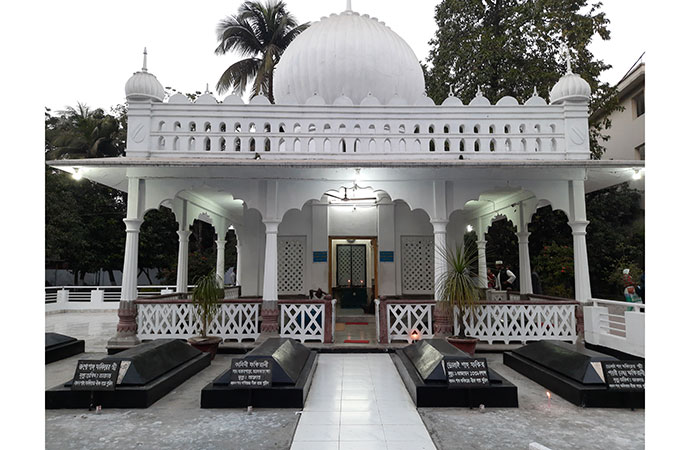
Lalon Shah’s Mazar, Chewria, Kushtia. Photo: wikimedia.org
Dhaka Courier and UNB Editor-in-Chief and my old friend Enayet wanted to publish a book on Lalon. He had already collected an article by friend Haider Ali Khan, a Professor at Denver University and wanted me to write a few, commission some more. Suddenly as always I have been pulled into his dreams and projects and as always I begin to enjoy every new venture that I step into.
We have had several meetings already and more are surely to come. For me, Lalon is a sort of a new area though familiarity is there with his music and very broadly speaking philosophy. Not in-depth, not really superficial but far from what I would need to pen short general reader pieces. So suddenly I had jumped into the Lalon pool to immerse myself in search of Lalon, his songs, words and thoughts.
Unexpected wanderings of the real and less real?
For most of us Lalon is the song maker, the lyricist who spins words that send us into an emotional world of pain and pleasure. They evoke thoughtful images of the longing to be one not just with the Supreme whom Lalon called "Moner Manush" but also the "Manush" next door. But he is the holder of the dominant identity of being a music maker before all else. and we have never had any reason to doubt that. And of course none have either.
The Bauls, whose most eminent member is Lalon, does belong to a singing cult, an expression of musical mysticism. The Baul is the ultimate wandering minstrel of Bengal, going all by himself walking down the narrow unpaved rural path singing on his ektara or at his akhra at night amidst the followers or bhoktos making the invisible real through words and chords.
Revisiting Lalon, in many ways more formally than ever, had me quite enthralled. It's all about embracing them all by all. And then came the unexpected knocks on the door as reality said, "Don't ignore the discordances." It was a note missing, a beep of the flute that we found unmusical?
As I read more and more, I found a deeper issue that was disturbing his world. It was not just about tweaking Lalon songs but also "recreating" him. And of course there were many stakeholders in the Lalon song arena. When Lalon sang, he was a pauper by choice largely, one who lived off others - a voluntary khoirati, a true fakir- but he belonged to another era altogether where such conflicts could not be imagined. Very few knew him beyond his Nadia-Kushtia zone but today he is a global person, the reach of his songs reaching every corner where folk mystic songs are discussed.
It appears there is controversy around which songs are authentic and which aren't. What are deviations, what are straying away from the prescribed path and what has innovation and commerce done to the legacy of Lalon songs. In other words, which is authentic and which are fakes. I had no idea that the debate was so big.
A memory of the mazar
Many years back I had visited the Lalon Shah Mazar in Kushtia in the mid 2000s and had been very impressed by the lively atmosphere though it was a bit late at night. It was more like a festival was on and all kinds of gatherings could be seen inside the premises, a very thriving crowd. I was working for the UN then and local officials had kindly lent some contact. We were informed that we would get the real treat, songs by the real singers of Lalon.
That basically meant the mazar establishment didn't consider Farida Parveen authentic though she had almost single-handedly made Lalon popular in many TV owning households after many a summer. Her opponents argued, she had introduced classical music elements into her Lalon singing which was not how Sainji sang.
So despite being the most popular Lalon singing voice in the world, was an outcast at the core of the Lalon world. She had argued that it had revived Lalon and made his singing style more relevant and acceptable. But the Lalon establishment didn't accept her position.
We were treated to Lalon songs by a young girl who followed the tradition alive and considered it very kosher to the traditionalist. At the end of the session we all clapped politely but her performance seemed below par. Poor girl, she was yet to become a woman and her voice sounded immature.
After her session was over and another singer came in, I got up to see the sights inside and moved towards other gatherings. Couple of locals joined me and showed me around. We came to another gathering, all men as far as I could see and found it was a singing session also. The two accompanying me said, "all that you have heard before are artificial and made up by later singers. They are not carrying the Sainji's tradition at all. It's here that the tradition is alive. It's here that they sing as the akhra singers did when sainji was alive."
Of course I was very attentive but the songs were sung so non-musically that they could hardly interest anyone from outside the akhra. And of course, pipes were being regularly lit and I recognized the familiar odour of marijuana. But honestly, I didn't stick around, I moved back to where my friends sat and were enjoying the hospitality of the mazar authorities on a cool night. And I wondered which tradition was real and which wasn't.
Lalon today is not with many of the above mentioned but fusion bands like Chirkut. Fusion Lalon as people say. Perhaps all belong to Lalon, whether they like or approve or neither. Somehow that made sense to me. Everyone belongs.










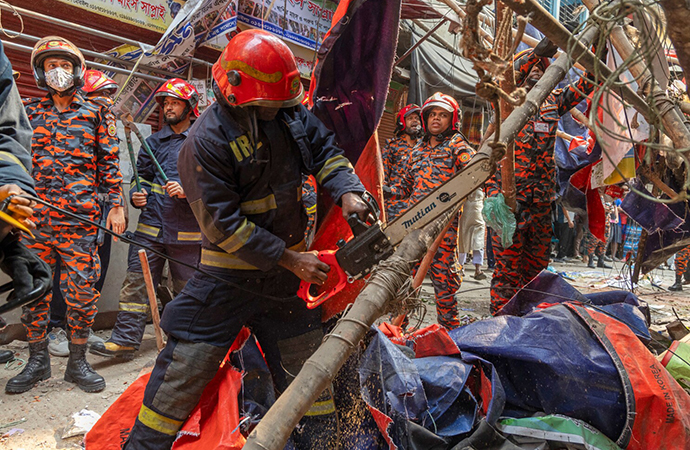
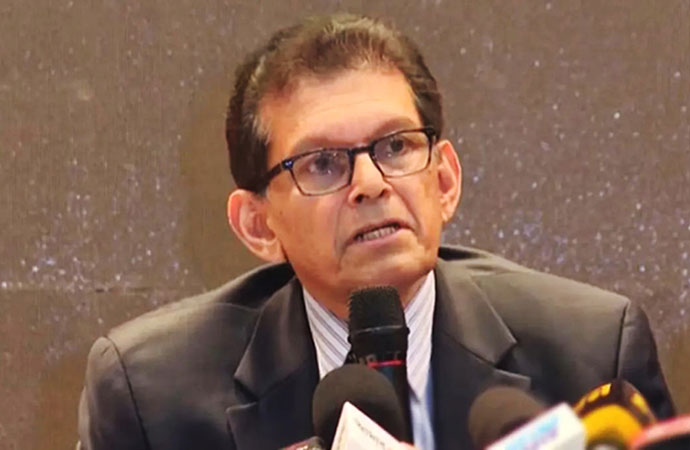
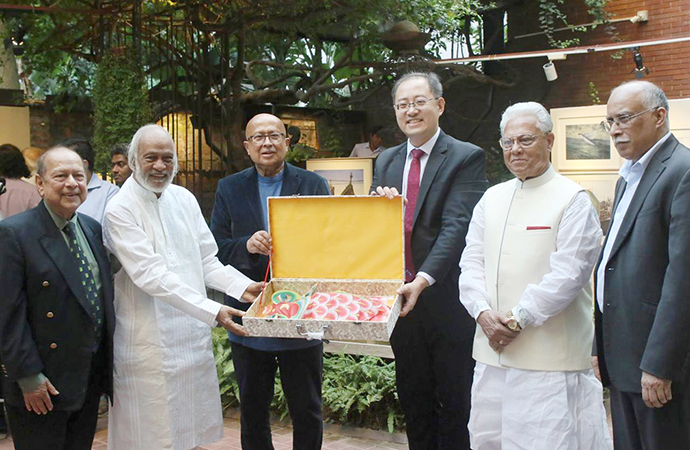


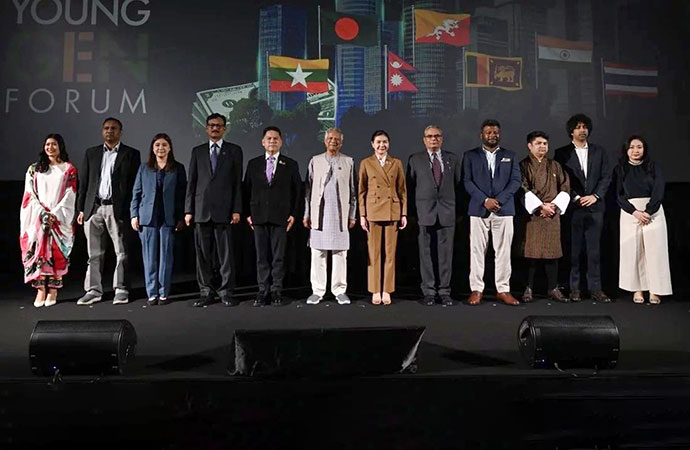



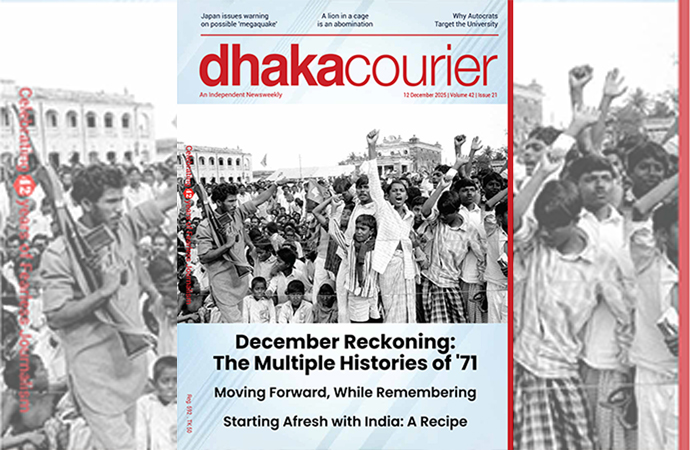


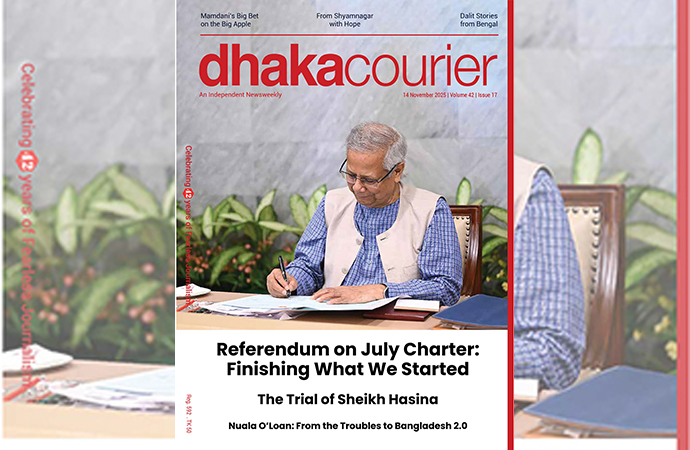
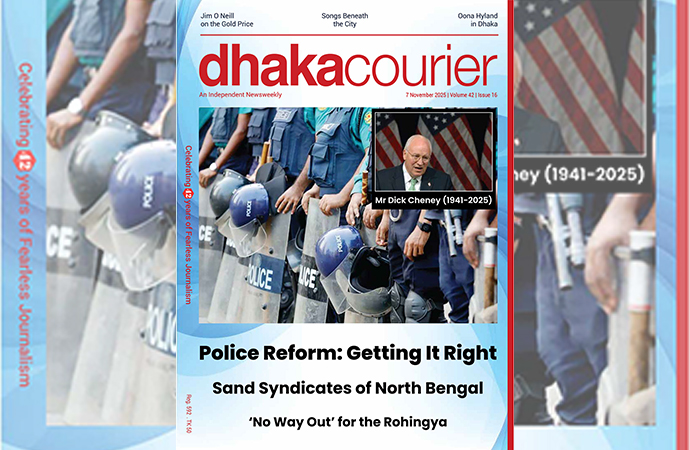
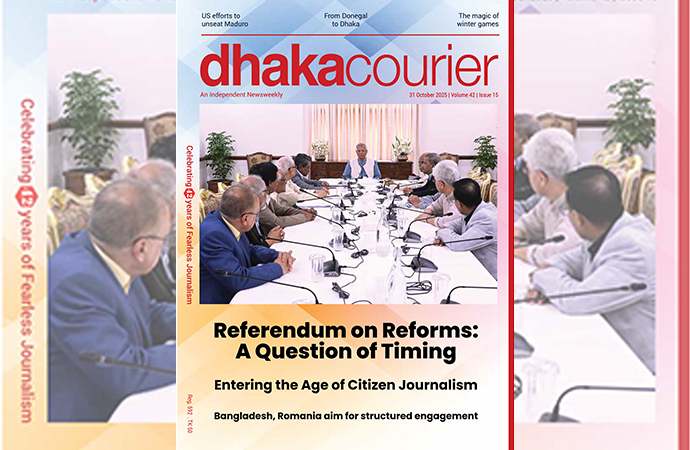
Leave a Comment
Recent Posts
Right On Schedule
The most eagerly anticipated, and frankly hyped up, announcement of an ...
Fighting raged along the borde ...
Fighting raged along the border of Cambodia and Thailand, with explosi ...
ICIMOD drives regional cooperation to inspire new mo ..
The Cage of Captivity and the Cry for Freedom: A Cru ..
Why Japan issued an advisory for a possible megaquak ..
The Autocrats’ War on Universities